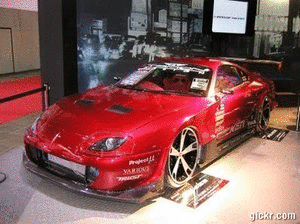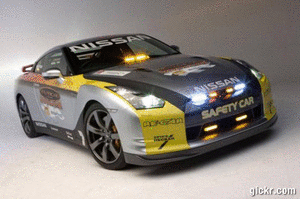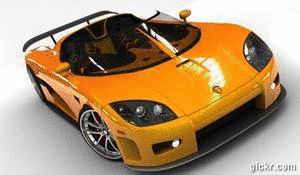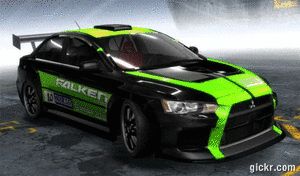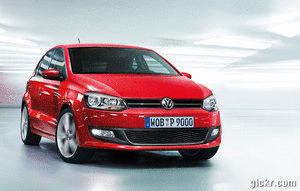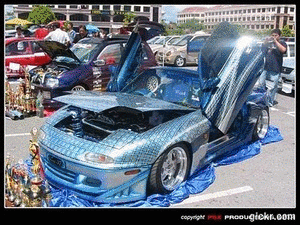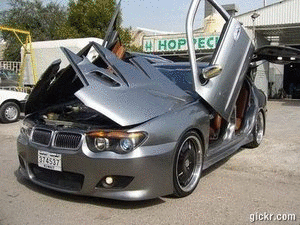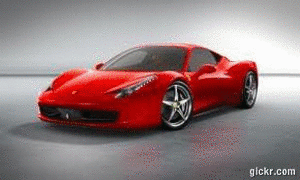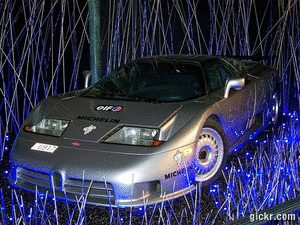A battery is needed to power the operating system of your car. Once the vehicle is running an alternator that is driven by the engine charges the battery. While in operation the alternator creates electricity, about 13.6 to 14.3 volts, and recharges the battery to its original state of charge. The alternator is one of the hardest working electrical components in your vehicle. When your vehicle is running the alternator is busy creating electricity to provide the engine and the car accessories with needed power. When the car is not running and your battery is severely discharged some electrical components such as alarms or other memory retaining items may still operate or operate poorly. Typically, these components are designed to operate properly at 12 volts; if the system voltage is low it can cause erratic symptoms.
Common Problems and SolutionsWhen jump-started a severely discharged battery can cause the alternator to overload and internally fail. If this occurs replace or charge the battery before replacing the alternator. This will help prevent a second alternator failure. Most vehicles use a multi-ribbed belt connected to the engine to rotate the armature inside the alternator. If the belt fails it should be replaced immediately. Belt tension should be taught. If it isn't, check the belt tensioner, it may need to be replaced or the incorrect size belt may have been installed. Either of these conditions can cause the vehicle to stall and not restart.
Additionally, problems can occur if the alternator is overcharging the system. Some symptoms of overcharging include a swollen or seeping battery, both headlight bulbs failing at the same time, and other electrical component problems. To perform an alternator system check for this condition use a voltmeter on both positive and negative terminals while the engine is idling. If the voltmeter reading is over 15 volts this is an indication of an overcharging alternator. The alternator should be replaced with an OE (original equipment) unit. While an inferior rebuilt alternator is often much cheaper, it can fail prematurely causing another costly replacement.
The most common alternator problem is "undercharging." This condition is often accompanied by symptoms such as a low state of charge on the battery, poor or erratic performance from electrical components and dim headlights and other lighting systems. The first symptom of an undercharging alternator is a slow cranking engine. The next symptom is a "machine gun" sound when the engine is cranked as the system voltage drops below normal operating levels. In order to correct this problem a replacement alternator must be installed after the battery has been replaced or charged.
MaintenanceTo ensure that your alternator lasts as long as possible there are several things you can do. Be sure all battery connections are tight and both terminals are clean. This should be inspected periodically regardless of when the battery was changed as even new batteries can have problems and be defective. While the engine is off, visually inspect the alternator belt and replace the belt if cracks or tears are observed.
